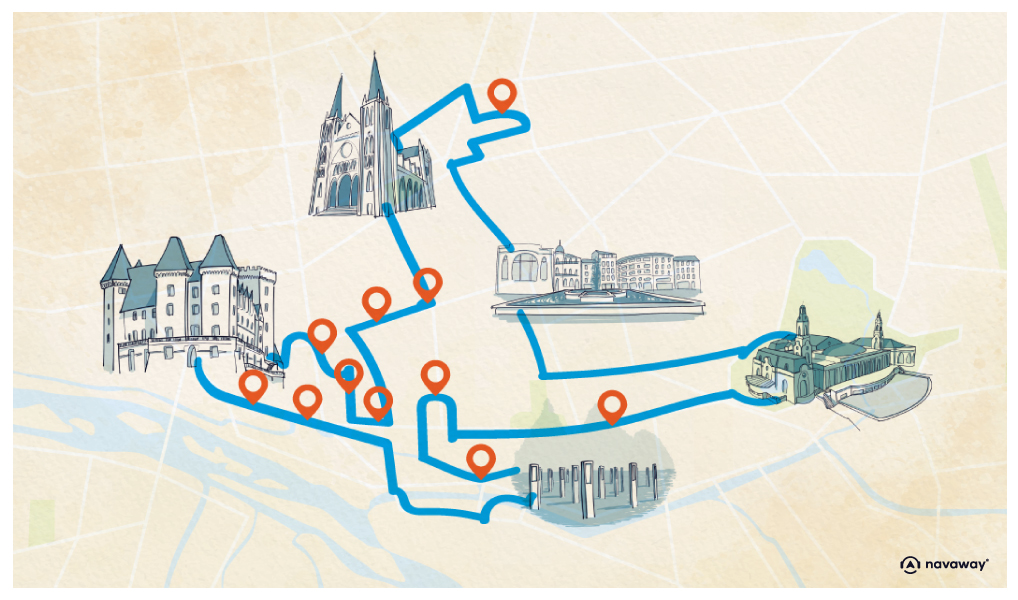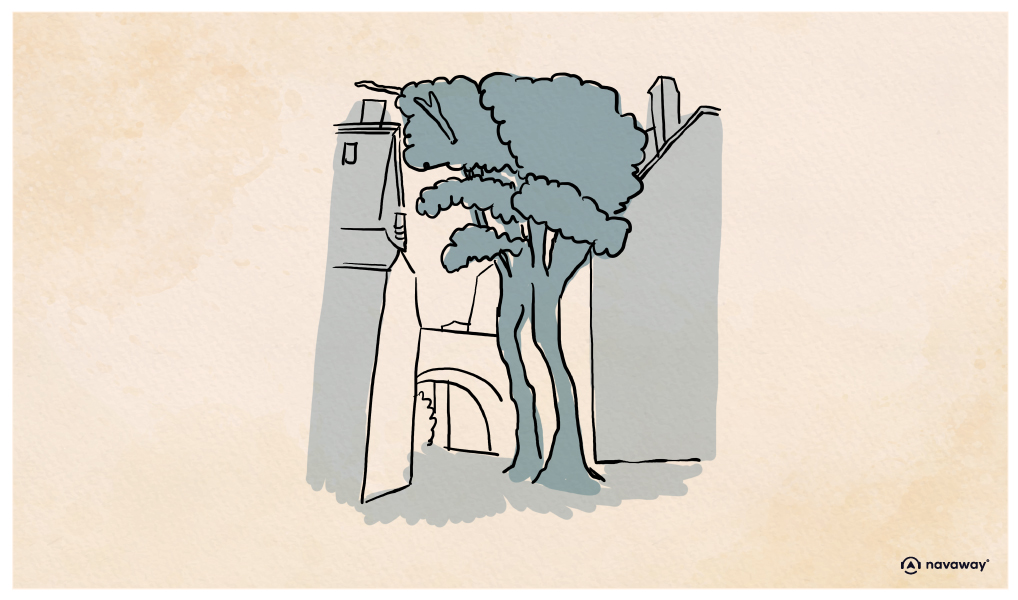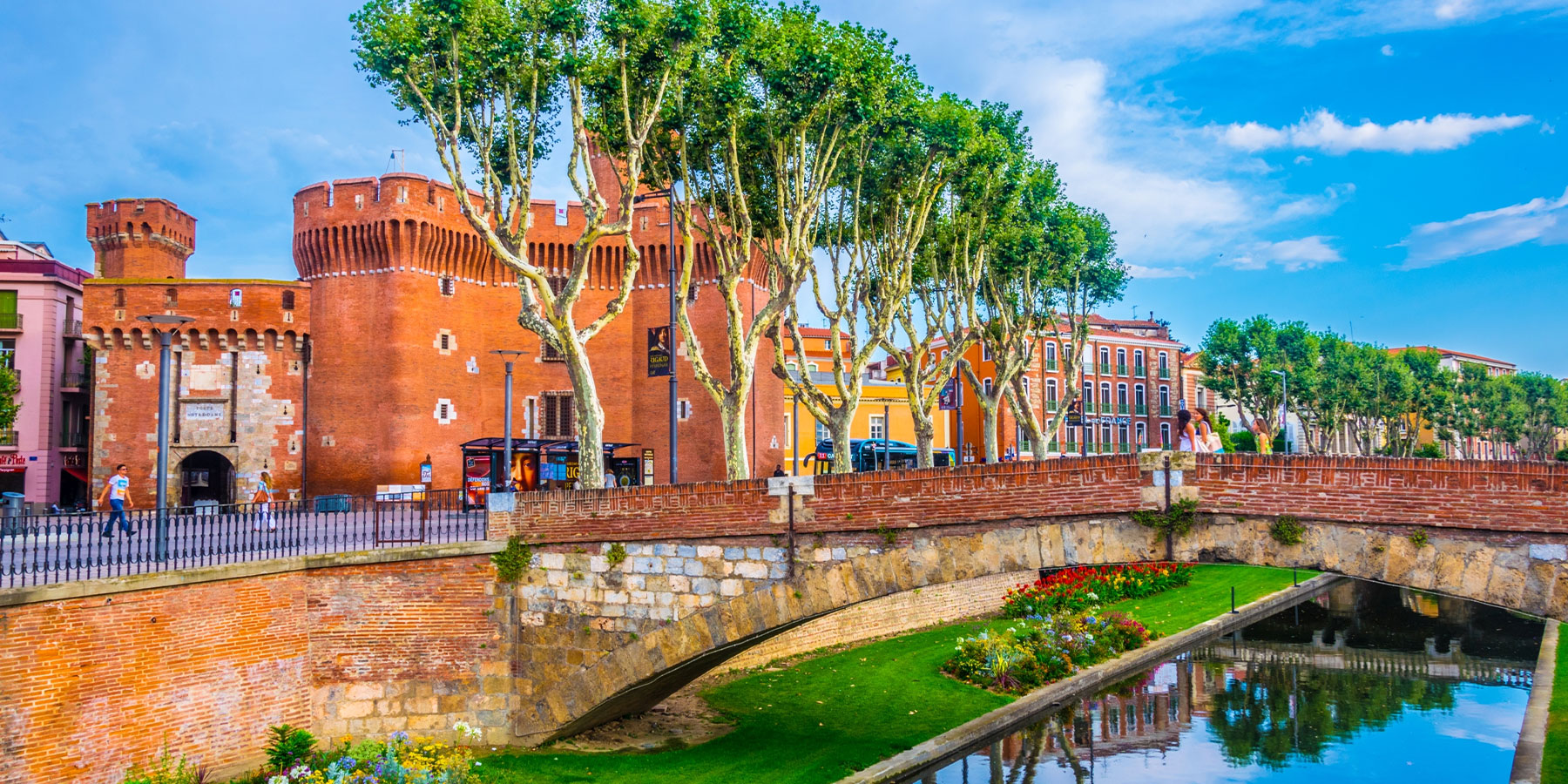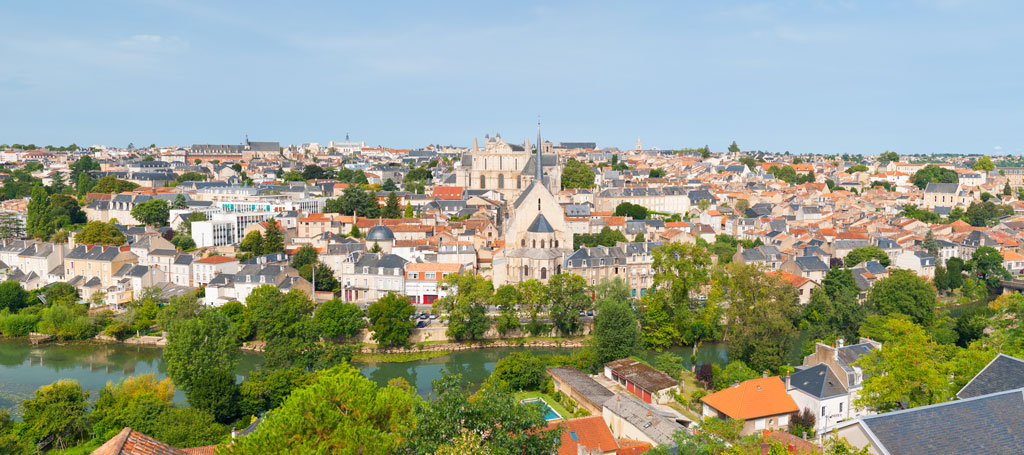
Hédas district

This point of interest is available as audio on the tour: Visit Pau, From the Bay of Biscay to the Gulf of Lion
The Hédas neighbourhood has quite a story to tell! Hédas street, which stretches out beneath your feet, follows the bed of the former stream bearing the same name. If you could see it from above, you’d notice how it winds its way through the city. This little river was so unpredictable that it eventually carved out a full-size ravine, topped by a rocky promontory on one side and an opening leading straight to a plain on the other side. This provided the perfect landscape for the Viscounts of Béarn, who built a stronghold on the site in the Middle Ages. The deep ravine provided protection and an unobstructed view of approaching enemies. The stream supplied the town with drinking water, its banks were used for grazing, and stones and sand were collected from the river to pave the streets of the upper town. It was therefore only natural for craftsmen and shopkeepers to settle here. However, the area around the stream was notoriously dodgy. Its particular geography was not very welcoming, and its narrow streets filled with cramped houses earned it the contempt of other inhabitants of the town. From the 16th century onwards, it is said to have been the venue for sword duels. During the Renaissance, what was seen as a defensive ally became an obstacle to be overcome, as it hindered the expansion of the town. When Louis XIII became King of France, the Protestant town of Pau was swept by the Counter-Reformation movement, and several Catholic convents were established in the town in a move to win back the hearts of catholic believers. Such was the case with the Cordeliers convent on the banks of the Hédas. Hence the name Cordeliers Street! At the end of the 19th century, the stream became a genuine public health problem, as it had become an open sewer. It was therefore decided to cover it up and turn it into a sewage collector. In the early 20th century, Spaniards fleeing war settled in the Hédas district and it became known as Little Spain. In 2017, the district was completely renovated. With its negative reputation behind it, the Hédas neighbourhood is now home to numerous bars, cafés and restaurants, and is becoming a multi-generational space for artistic creation. Pau is finally rediscovering its lower town, and residents can now enjoy a walk of almost 2 km, while escaping traffic and the hustle and bustle of the city. There are several staircases and two lifts linking the upper and lower towns. Feel free to come back at nightfall! You’ll be pleased to discover the magnificent lights that have been installed. Enchanting works of art can be seen on the walls of this historic district, which has truly earned the right to be transformed in this way. However, before you set off to explore the district, follow the road before turning right into Maréchal Joffre street to continue your visit.


Discover Pau with app
An interactive guide through the most beautiful streets, squares, and districts
18 fun audioguides full of historical facts, anecdotes, and legends





Comments